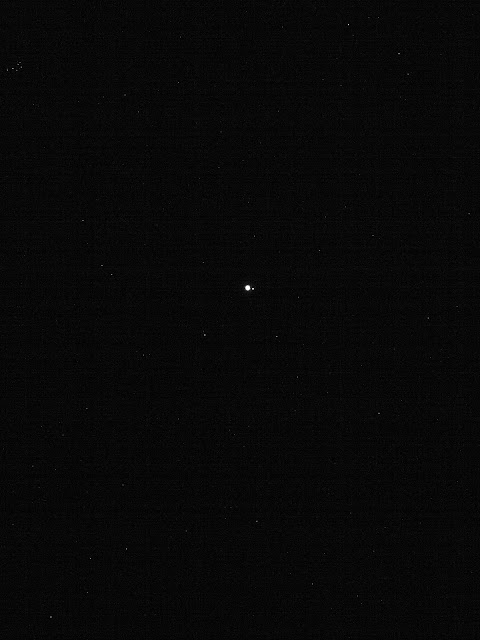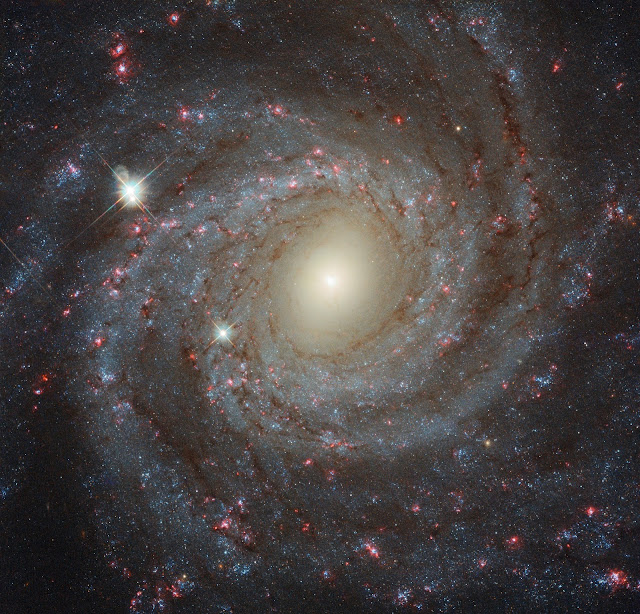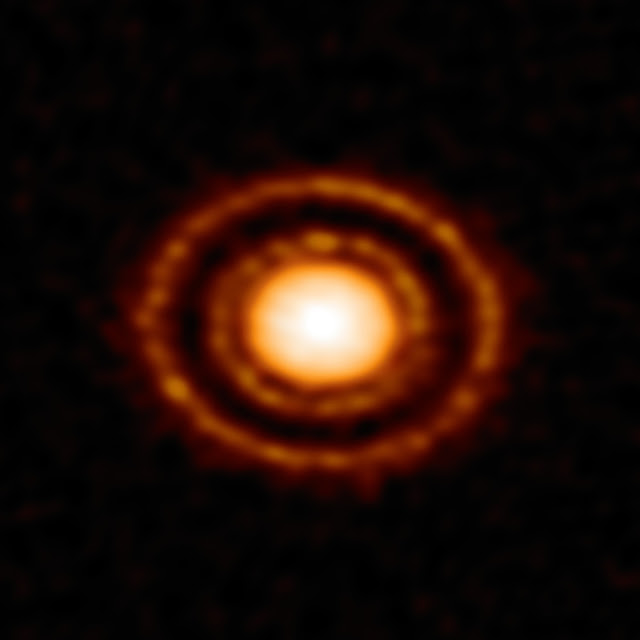Earth and Moon seen by the OSIRIS-REx spacecraft from 63 million kilometers away
As part of an engineering test, NASA's OSIRIS-REx spacecraft captured this image of the Earth and Moon using its NavCam1 imager on January 17 from a distance of 39.5 million miles (63.6 million kilometers). When the camera acquired the image, the spacecraft was moving away from home at a speed of 19,000 miles per hour












